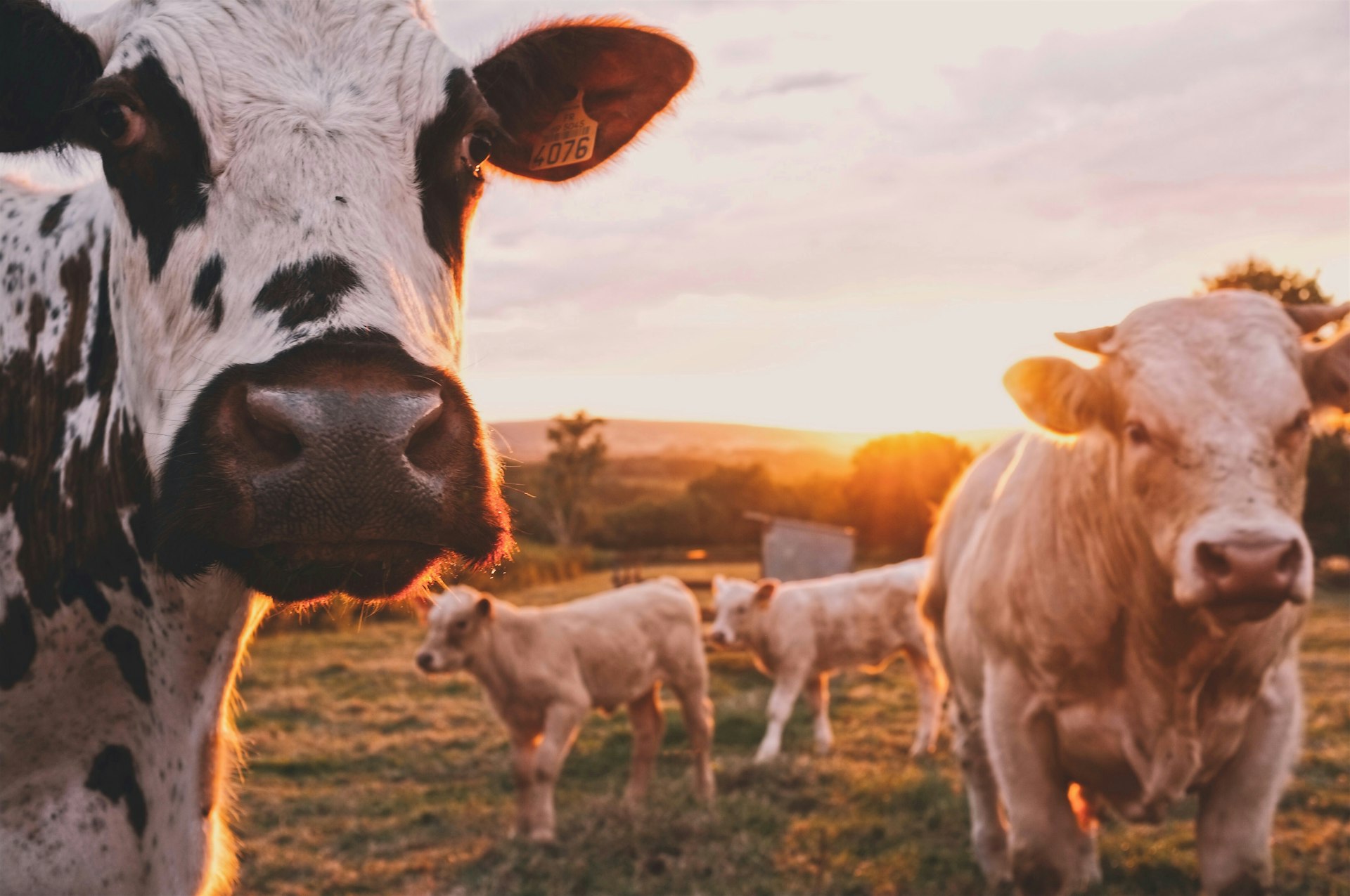When most people think of cows, they picture serene animals grazing in lush fields, providing us with milk, cheese, and butter. But there's much more to these gentle animals than meets the eye. Cows are fascinating creatures with quirky habits and surprising abilities that make them much more interesting than just your average barnyard animal. So, let's dive into some fun facts about cows that will make you see these bovines in a whole new light!
1. Cows Have Best Friends
The Science Behind Bovine Bonds
Believe it or not, cows are social animals that form close bonds with their herd mates. According to research, cows have best friends, and when they're separated from their buddies, they experience stress. These friendships are so strong that cows often choose to spend their time with their preferred companion, grazing and resting side by side.
How Cows Show Affection
Cows express their fondness for one another in various ways. You'll often see them grooming each other, gently licking or rubbing their heads against their friends. This behavior isn't just cute; it's a way for cows to strengthen their social bonds and reduce stress levels. Next time you see cows huddled together in a field, know that they might just be hanging out with their besties!
2. Cows Have a 360-Degree Field of Vision
What Makes Cows' Eyes Unique
Cows have eyes positioned on the sides of their heads, giving them an almost panoramic view of their surroundings. This wide field of vision allows cows to detect predators and other dangers from nearly any direction, which is crucial for their survival in the wild.
3. Cows Can Sleep Standing Up
The Myth of Cow Tipping
We've all heard the urban legend of cow tipping, where it's said that you can push over a sleeping cow because they sleep standing up. While it's true that cows can doze off on their feet, the idea of cow tipping is just a myth. Cows are actually quite alert, even when resting, and it would be incredibly difficult to sneak up on them without waking them up.
Why Cows Prefer to Lie Down for REM Sleep
Though cows can catch a quick nap standing up, they need to lie down to enter the deep sleep stages, such as REM (Rapid Eye Movement) sleep. This deep sleep is essential for their health, as it helps them recover from the day's activities. So, while you might see cows standing around and looking relaxed, when it's time for serious shut-eye, they'll be lying down.
4. Cows Produce a Lot of Methane
The Environmental Impact of Cow Methane
One of the less charming facts about cows is their contribution to greenhouse gases, particularly methane. Cows produce methane as a byproduct of digestion, specifically through a process called enteric fermentation. Methane is a potent greenhouse gas, and with millions of cows around the world, their collective emissions have a significant impact on the environment.
Innovative Solutions to Reduce Methane Emissions
Thankfully, researchers and farmers are exploring innovative ways to reduce methane emissions from cows. This includes dietary changes, such as adding seaweed to their feed, which has been shown to significantly reduce methane production. As awareness of the environmental impact grows, more solutions are likely to emerge, helping to make cattle farming more sustainable.

5. Cows Have Four Stomachs
The Complex Digestive System of a Cow
Cows have a highly specialized digestive system that allows them to break down tough plant materials like grass. This system includes not just one, but four stomachs: the rumen, reticulum, omasum, and abomasum. Each stomach plays a unique role in the digestion process, working together to extract maximum nutrients from their food.
6. Cows Can Hold a Grudge
The Intelligence Behind a Cow's Memory
Cows are surprisingly intelligent creatures with a good memory. They can remember places, faces, and even specific experiences for a long time. This cognitive ability allows them to navigate their environment effectively and avoid situations they found stressful or unpleasant in the past.
How Cows Remember People and Places
Farmers have noted that cows can recognize and remember people who have treated them well—or not so well. If a cow has had a negative experience with a particular person or place, they might be hesitant to approach or even display signs of agitation. This shows that cows aren't just passive grazers; they have complex emotions and memories that influence their behavior.
7. Cows Can Swim
The Surprising Aquatic Abilities of Cows
It might come as a surprise, but cows are actually quite good swimmers! While they don't look like your typical aquatic animals, cows can paddle through water with ease when needed. This ability is likely a holdover from their ancestors, who may have needed to cross rivers and streams in search of food and grazing land.
When Cows Take a Dip: Real-Life Examples
There are several documented cases of cows swimming across rivers or lakes to escape danger or simply move to greener pastures. In some regions, cows are even known to swim between islands to reach better grazing areas. So, the next time you're by a river and spot a cow on the other side, know that they didn't just wander there—they might have swum across!
8. Cows Are Highly Social Animals
The Social Structure of a Cow Herd
Cows are not solitary animals; they thrive in groups and have a complex social structure within their herds. Each herd has a hierarchy, with certain cows taking on leadership roles while others follow. This structure helps maintain order and reduces conflicts within the group.
How Cows Communicate with Each Other
Cows communicate using a variety of vocalizations, body language, and even facial expressions. They have specific calls to alert the herd to danger, to locate their calves, or to express distress. Understanding these cues is essential for farmers, as it helps them gauge the well-being of their herd.